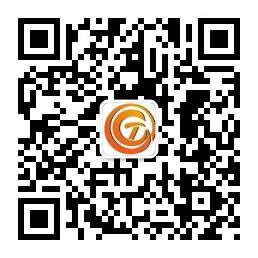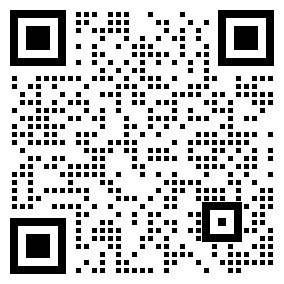A bi-directional DC-DC converter is a power electronic device capable of converting energy between different voltage levels and supporting bi-directional power flow. It is commonly used in energy storage systems, electric vehicles, renewable energy systems (such as solar energy, batteries) and other occasions. The function of the bidirectional DC-DC converter is to raise and lower the voltage of the DC power supply between the two voltages, and to support the bidirectional flow of electric energy between the two voltage sources.
The working principle of bidirectional DC-DC converter
Basic structure and principle
The bidirectional DC-DC converter mainly consists of two important parts:
Power switches (such as MOSFETs) : used to control the flow of current and switching inductors (or transformers) : used to store and release energy
Its working principle is based on the basic mode of electric energy conversion (boost, buck, reverse power flow, etc.), and realizes bidirectional electric energy exchange by controlling the direction of current flow and switching frequency.
Boost and drop modes
Bidirectional DC-DC converters can operate in two modes:
Boost Mode: When the input voltage is low, the converter converts it to a higher output voltage.
Buck Mode: When the input voltage is high, the converter converts it to a lower output voltage.
In these two modes, the switching tube works differently to adapt to the needs of voltage conversion.
Bidirectional electrical energy flow
One of the key features of the bidirectional DC-DC converter is its ability to support the bidirectional flow of electrical energy. It can transmit power in two directions as needed:
From source to load (for example, battery charging) : When the voltage at the input is higher than the output, energy is transferred from the input source (such as a battery or solar panel) to the output (such as a load or battery).
From load to source (e.g., battery discharge) : When the voltage at the output is higher than the input, energy is transferred from the output back to the input.
This bi-directional conversion capability allows bi-directional DC-DC converters to work flexibly in a variety of applications, such as charging and discharging processes for electric vehicles, or battery management in energy storage systems.
Control mode
The bidirectional DC-DC converter usually adopts PWM control technology to adjust the on-off and on-off time of the switch, so as to control the waveform of the output voltage and current. By adjusting the duty cycle of the switch, the controller can control the energy transfer efficiency between the input and output.
In boost mode, the controller adjusts the switching frequency and duty cycle according to the load and input voltage to gradually increase the voltage.
In buck mode, the output voltage is also reduced by adjusting the switching frequency and duty cycle.
The role of a transformer or inductor
In a bidirectional DC-DC converter, the role of the transformer or inductor is to store and release magnetic energy. The inductor or transformer stores energy during operation, and then releases the stored energy by adjusting the switching state of the switch to convert it into the desired output voltage and current.
Efficiency of energy conversion
Bidirectional DC-DC converters are generally more efficient, especially if they are properly designed and have lower energy conversion losses. In practical applications, choosing the appropriate switching frequency, optimizing the circuit design and selecting efficient power devices (such as MOSFETs, IGBTs, etc.) are the keys to improve the conversion efficiency.
Application scenario
Electric vehicles (EVs) : Two-way DC-DC converters can be used in the battery management system (BMS) of electric vehicles, both to transfer energy from the battery to the drive motor, and to convert kinetic energy from the wheels to electricity when braking and store it back into the battery.
Renewable energy systems: In solar or wind systems, two-way DC-DC converters can store the electrical energy generated by solar panels in batteries, or supply the battery's electrical energy to the grid when needed.
Energy storage system: Used for energy storage and distribution, bidirectional DC-DC converters can provide bidirectional power flow between the battery and external load, ensuring efficient management of power.
UPS (Uninterruptible Power Supply) : Two-way DC-DC converters can be used in UPS systems to convert stored electrical energy from batteries into stable output power, or to charge batteries when power is restored to the grid.
免责声明: 本文章转自其它平台,并不代表本站观点及立场。若有侵权或异议,请联系我们删除。谢谢! Disclaimer: This article is reproduced from other platforms and does not represent the views or positions of this website. If there is any infringement or objection, please contact us to delete it. thank you! |


